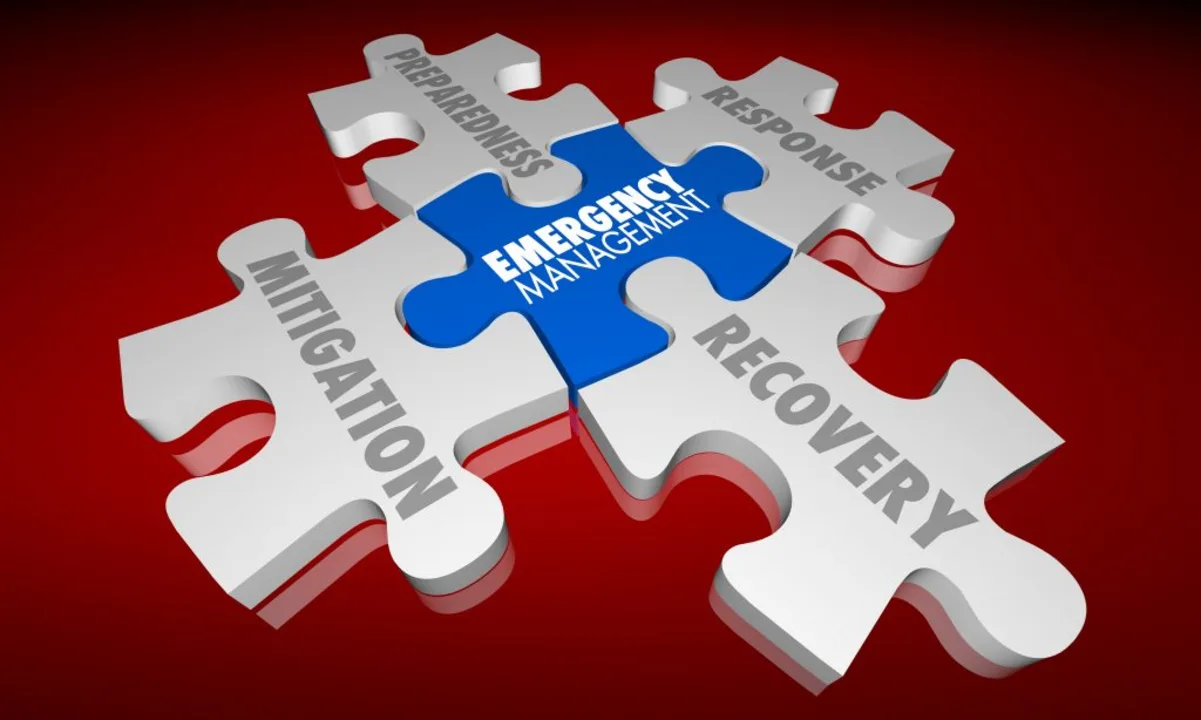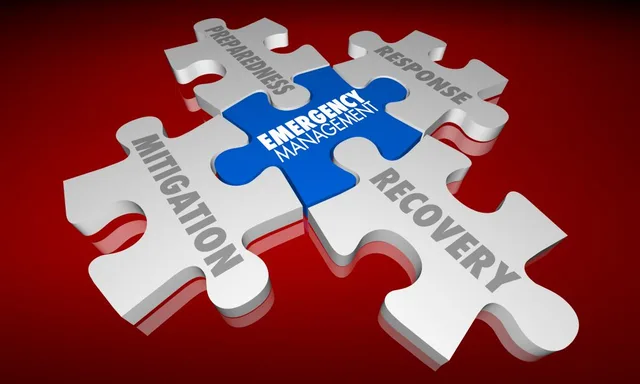What is Public Health Preparedness and Response?
Public health preparedness and response is a set of activities involving public health, health care, and emergency management systems that are designed to prevent, protect against, quickly respond to, and recover from public health threats and emergencies. These activities include prevention and control activities to reduce the risk of an emergency, early detection and rapid response activities to detect and respond to an emergency, and recovery activities to restore health and economic stability to affected areas.
How Public Health Preparedness and Response Can Help Reduce the Impact of Disasters
Public health preparedness and response measures are essential in reducing the impact of disasters. Planning is the key to effective preparedness and response. This involves identifying risks, assessing the probability of an emergency occurring, and formulating strategies to reduce the risk. Developing emergency plans and conducting routine drills can help to ensure that public health personnel are well prepared in the event of an emergency.
Early detection is another important factor in the preparedness and response activities. Establishing effective systems for surveillance, such as rapid laboratory diagnosis and reporting of suspect cases, can provide early warning of an emergency and allow for timely response. In addition, linking public health and health care systems to emergency management systems can help to ensure that the most appropriate response is activated when an emergency occurs.
Finally, recovery activities are essential for restoring health and economic stability to affected areas following an emergency. This includes providing support for affected individuals and families, restoring basic services and infrastructure, and providing mental health and other social services. In addition, long-term recovery efforts are necessary to prevent further damage to public health, such as implementing risk reduction measures to reduce the likelihood of future disasters.
Understanding the Role of Public Health Preparedness and Response in Keeping Communities Safe
Public health preparedness and response is a critical component of public health practice, especially in times of crisis. It involves the development of policies, strategies, and systems to prepare individuals, organizations, and communities for potential health threats. This includes planning for potential disasters and outbreaks, developing prevention strategies, and providing access to essential services. By implementing public health preparedness and response, communities can better protect their residents and prevent disease outbreaks.
Public health preparedness and response begins with the development of policies and strategies that address the potential health threats facing a community. These strategies often include the creation of an emergency plan that outlines the necessary steps and resources to be taken in the event of an outbreak or disaster. Additionally, public health professionals and experts provide guidance on the most effective ways to prevent and respond to health threats. This includes the identification of high-risk populations and vulnerable communities, the development of targeted prevention strategies, and the coordination of resources to provide essential services during a crisis.
Once a public health preparedness and response plan is in place, it must be regularly updated and tested to ensure its effectiveness. This includes conducting drills and simulations to practice and improve response protocols. Additionally, it is important to evaluate the impact of the plan and make necessary changes. This includes engaging with the community to identify needs and concerns, and adjusting the plan accordingly.
Public health preparedness and response is an essential component of public health practice. By implementing effective policies and strategies, and engaging with the community, communities can better protect their residents and prevent disease outbreaks. This is especially important in times of crisis, when the health of a community is at risk. With the right resources and support, public health preparedness and response can help protect communities and keep them safe.
Exploring the Benefits of Public Health Preparedness and Response for a Healthier Future
Public health preparedness and response are essential to create a healthier future. It is a way of addressing potential public health risks and planning for future health threats. Preparedness and response can help to reduce the impact of health crises and allow for a more effective response. By taking proactive steps to prepare for potential public health threats, communities can better protect the health of their citizens and improve the overall quality of life.
The first benefit of public health preparedness and response is greater awareness. By understanding the potential risks and planning ahead, individuals, families, and communities can better prepare themselves for a potential health threat. For example, by having an emergency plan, families can be better prepared for an unexpected health crisis. Preparedness and response also allow for improved communication between public health officials, local health departments, and community members. This improves coordination and communication during a health crisis, allowing for a more effective response.
The second benefit of public health preparedness and response is improved access to resources. By having an emergency plan and an understanding of the potential risks, communities can better access resources and services during a health crisis. This includes access to medical care, mental health services, and other resources that help to ensure the health and safety of citizens. By having access to these resources, individuals, families, and communities can better manage health crises.
The third benefit of public health preparedness and response is improved access to information. By understanding the potential risks of a health crisis, communities can be better informed and more aware of what to expect. This allows for improved decision-making and planning during a health crisis. It also allows for more effective responses to health crises by providing information on the best ways to protect the health of citizens.
The fourth benefit of public health preparedness and response is improved collaboration. By understanding the potential risks and being prepared, organizations and agencies can better collaborate to address health crises. This includes improved communication between public health officials, local health departments, and community members. This improves coordination and communication during a health crisis, allowing for a more effective response.
The fifth benefit of public health preparedness and response is improved access to funding. By understanding the potential risks, public health agencies can better access and use funding for health crisis response. This includes funding for medical care, mental health services, and other resources that help to ensure the health and safety of citizens. By having access to these resources, individuals, families, and communities can better manage health crises.
Public health preparedness and response are essential to create a healthier future. By taking proactive steps to prepare for potential public health threats, communities can better protect the health of their citizens and improve the overall quality of life. Through greater awareness, improved access to resources, improved access to information, improved collaboration, and improved access to funding, public health preparedness and response can help to create a healthier and more prosperous future.

